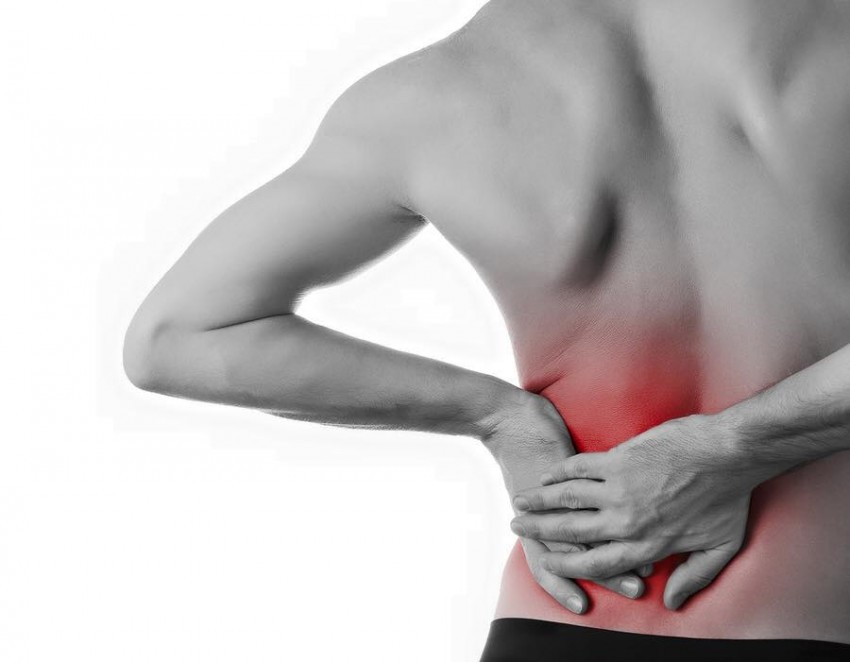
Optimum Body Mechanic – Week 2
We can all relate to this one guys, take a few minutes out of your day to read Venard’s brilliant post on all things back pain:
“Back pain! We all know of someone who has it or has had it. It might even be you! At time of writing this, searching for back pain on Google brings up 175,000,000 results. A tonne more than other commonly searched injuries such as: ankle sprains (880,00), knee pain (17,200,000), elbow pain (35,300,00), hamstring injury (521,000).
Many clients that I see that present with back pain report of tightness in the lower back muscles, stiffness in the joints of the lower back and around the hip area, restriction and discomfort in certain movements.
Sometimes it is just down to the body just seizing up a bit from sitting down too long on the computer or in front of the TV, other times it is just down to a hard workout from training with your coaches and just some muscle soreness, which is normal.
Some of the actual causes of back pain that doesn’t fully resolve or keeps recurring I see a lot can be mapped back to:
- Spinal compression
- Breathing issues
- Ankle sprains
Client 1: Mid 40s female, avid gym goer, constant back pain and affecting quality of life and training. Constant nagging back pain. On assessment, a lot of muscles in her core were not working as well as they should be. It was found with her that it was her breathing patterns that was hindering her lower back. This client’s body got into the habit of using her breathing muscles to work for the lower back. After correcting her breathing patterns, her core began to work as it should be and back pain greatly diminished. After some low intensity homework for a few weeks, back pain gone.
Being able to breath correctly and effectively uses the breathing muscles as they were designed to do. The most important and effective muscle is your diaphragm. This is the prime mover for both inhalation and exhalation. If the diaphragm isn’t working as well as it should be, other systems may come into play.
The neck muscles may start to over work to lift the ribcage up to assist in inhalation and the lower back muscles may over work to pull the ribcage down to assist in exhalation. These muscles would be working over time in conjunction to their current roles.
Client 2: Middle age male, regular gym attendee, constant back pain and at times affecting daily tasks such as lying down, getting up. It was found to be compression in his lumbar spine from a car accident over ten years ago. As the spine was compressed, there was little need for the muscles in the core to need to work. Hence, began to switch off and over time weaken. As a protective mechanism, the body tightens weak muscles. This client required decompression of the lower back to switch his core back on.
Client 3: Mid 20s, female, highly active and competitive weightlifter. Again, constant back pain. Has had foam rolling, stretching, massages, numerous other soft tissue work on the back and hips. Actual cause? Her ankles. After a correction of her ankles and re-introducing some phases of gait, her back pain pretty much now non existent. The body works together as a whole unit. When one part isn’t working as well, somewhere else may have to pick up the slack.
All had back pain in around the same region, all had different causes, all had their pain resolved without actually working on the lower back.
To address these issues, move regularly, move correctly in training and day to day, cool down properly after training sessions, I’m a big fan of hot baths to reduce muscle soreness, ensure adequate hydration and nutrition to support recovery. If the issues still persist or doesn’t fully resolve, there may be a underlying cause”
“Stay strong, stay healthy”
Team PTW
